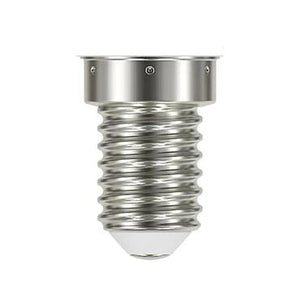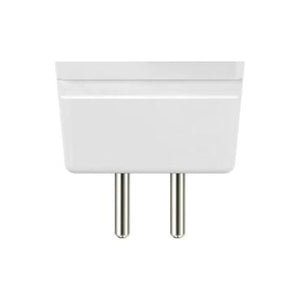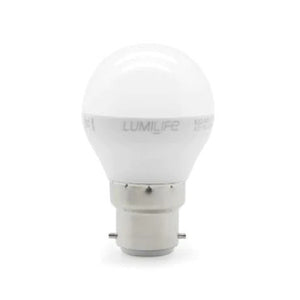A Light Emitting Diode (LED) consists of a semiconductor that emits light when an electrical current is passed through it. This differs from traditional incandescent lamps that use heat to alight a filament which then glows.
It’s predicted that LEDs are the future of lighting, with halogens facing a ban across Europe in the coming years.
This can vary depending on the lamp. Standard spotlights and bulbs will last up to 25,000 hours.
Heavy duty LED products such as floodlights and commercial lighting will last between 35,000 and 50,000 hours.
On average, halogen equivalents will last approximately 3,000 hours.
LED lamps are highly energy efficient, using up to 90% less energy than traditional lighting sources.
The average household lighting bill is £300 a year and switching over to LED could save you £270, which turns into thousands over the bulb’s predicted 15 year lifespan.
LED lighting comes with a lot of big benefits. Here are some of them:
- Extremely energy efficient
- Eco-friendly lighting
- Significant savings on your electricity bills
- Much longer lifespan than halogen bulbs
- Low temperature operation
- Directional light
- Low profile and compact size
- Breakage and vibration resistance
- Life unaffected by rapid cycling
- Instant switch on with no warm up time
- No IR or UV emissions
Yes. All our bulbs have been designed to directly replace your old halogens, unless it’s otherwise stated on the product description.
In most cases, it truly is as easy as changing a lightbulb.
The beauty of LED bulbs is that they last far longer than traditional lighting sources. Take an LED product with a 50,000 hour lifespan. Depending on how long you have it on per-day, it’ll last up to 2 decades:
- 7 years (24 hours per day)
- 7.4 years (18 hours per day)
- 11.4 years (12 hours per day)
- 17.1 years (8 hours per day)
Choosing the right bulb
Choosing the right bulb is easy. Just follow these 3 steps:
1) Check which base you need
Firstly, you need see what type of LED you need. You can find this out be either checking the existing light fitting, or the base of the bulb you wish to replace.
2) Decide on the brightness
Brightness is measured in lumens. More lumens = a higher brightness. If you’re replacing an older lighting source (like halogen or incandescent) you probably want to know what lumen output you need to replace your current bulb.
All of our products come with halogen equivalents to help you choose.
3) Finally, pick your light colour
Unlike incandescent and halogen lamps - which can only offer a single set light colour - LEDs can offer 3 different shades of white light:
Warm White – the most popular colour we sell, is often used in living areas and gives off a softer glow.
Cool White – produces a fresh, energising light often used in kitchens and bathrooms
Daylight – is a mix between the two and brings the neutrality of outdoors, inside.




































